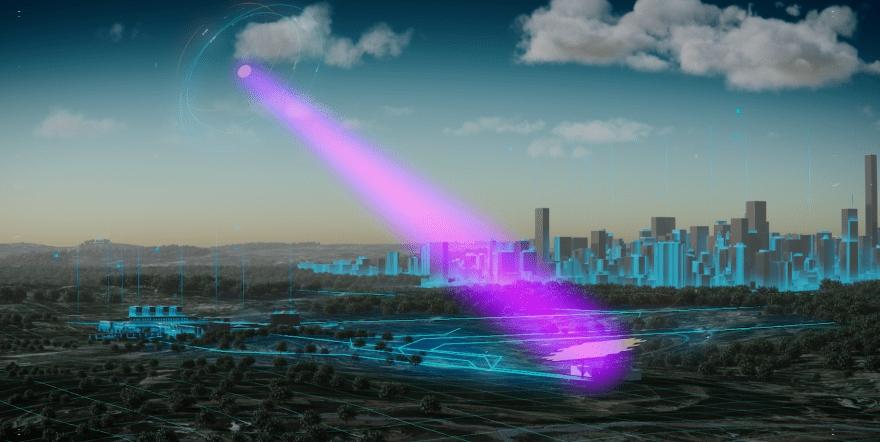Scientists have shown how they will transfer energy from space to Earth
Using the SOLARIS system, engineers successfully sent electricity 36 meters and cooled beer wirelessly
At the innovative Airbus X-Works factory in Munich, the SOLARIS technology for the transfer of solar energy from space to Earth was demonstrated for the first time. The press service of the European Space Agency told the details on the official website.
The sun throws out a huge amount of energy, but only a tiny part of it reaches the Earth and can be collected by solar panels. Scientists have figured out how to capture it right in space, and then send it to the planet using microwave radiation. The work of SOLARIS technology was shown to government and business representatives, who now have to decide its future fate.
During the demonstration, engineers set up a power transmission between two points at a distance of 36 meters, which simulated “Space” and “Earth”. The resulting electricity was used to light up a city model and produce green hydrogen by splitting water. In addition, non-alcoholic beer was brewed with it and cooled in a wireless refrigerator before serving to the audience.
The full version of SOLARIS provides for the deployment of special satellites in geostationary Earth orbit, which will collect solar energy around the clock, convert it into low-density microwaves and transmit it to stations. To generate the same amount of electricity as an average nuclear power plant would require spacecraft several kilometers in size and equipment as large on the surface of the Earth.
According to the ESA, in order to implement the project, humanity needs to improve technologies in the field of space exploration, robotics, photovoltaic cells, high-power electronics and radio engineering. You also need to make sure that low-power microwaves do not harm the health of people and animals, do not interfere with the operation of aircraft and other satellites. At the Council of the European Space Agency on November 22-23, the SOLARIS program will be proposed to European ministers, under which scientists will have to explore these technologies. ESA Member States need to decide whether they will invest resources in the production of cheap and clean energy.
Earlier it became known that the UK plans to build a space power station in orbit by 2035. According to scientists, a system that converts solar energy will cover about 30% of the country’s electricity needs.
They also wrote that China will launch its solar power plant into space. Longi Green Energy Technology Co decided to test whether it is possible to transfer energy to Earth and how efficient it is.


Recent Comments